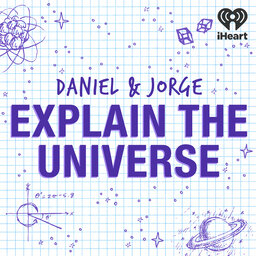How many generations of stars will there be?
Daniel and Jorge break down the life cycle of stars and estimate how many more stars will be born in our Universe.
Learn more about your ad-choices at https://www.iheartpodcastnetwork.com
See omnystudio.com/listener for privacy information.
 Daniel and Jorge Explain the Universe
Daniel and Jorge Explain the Universe


